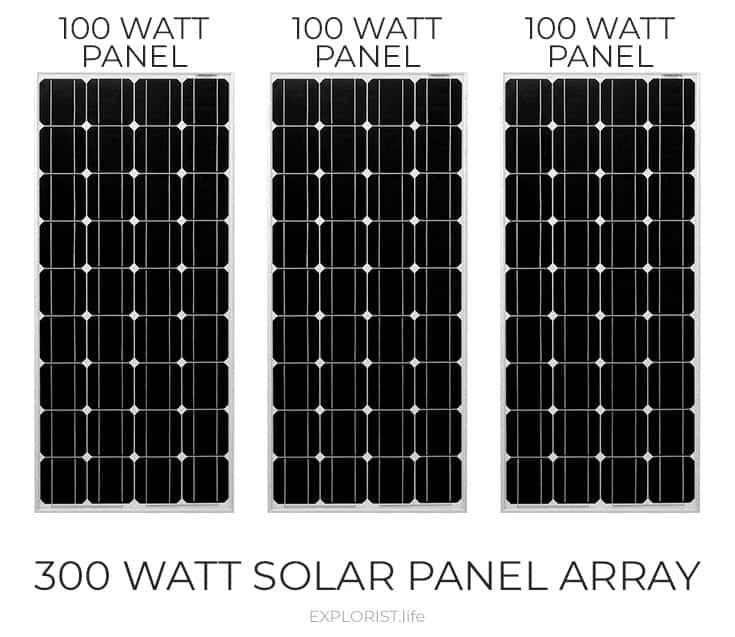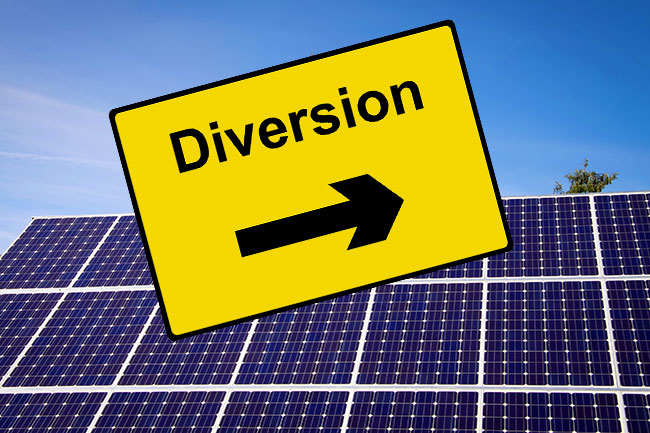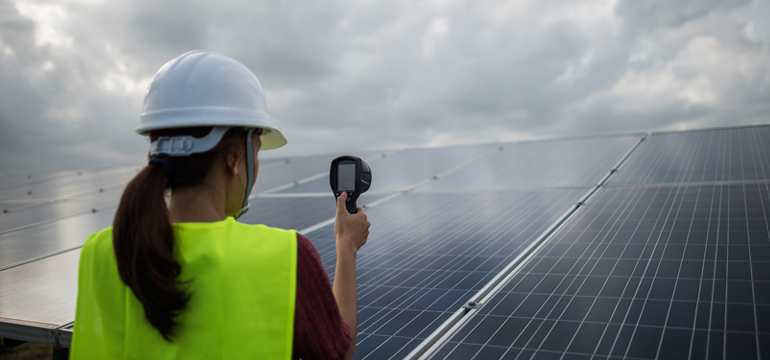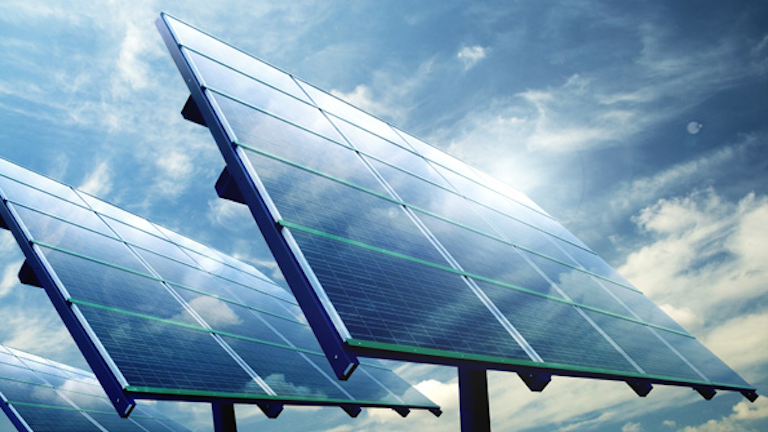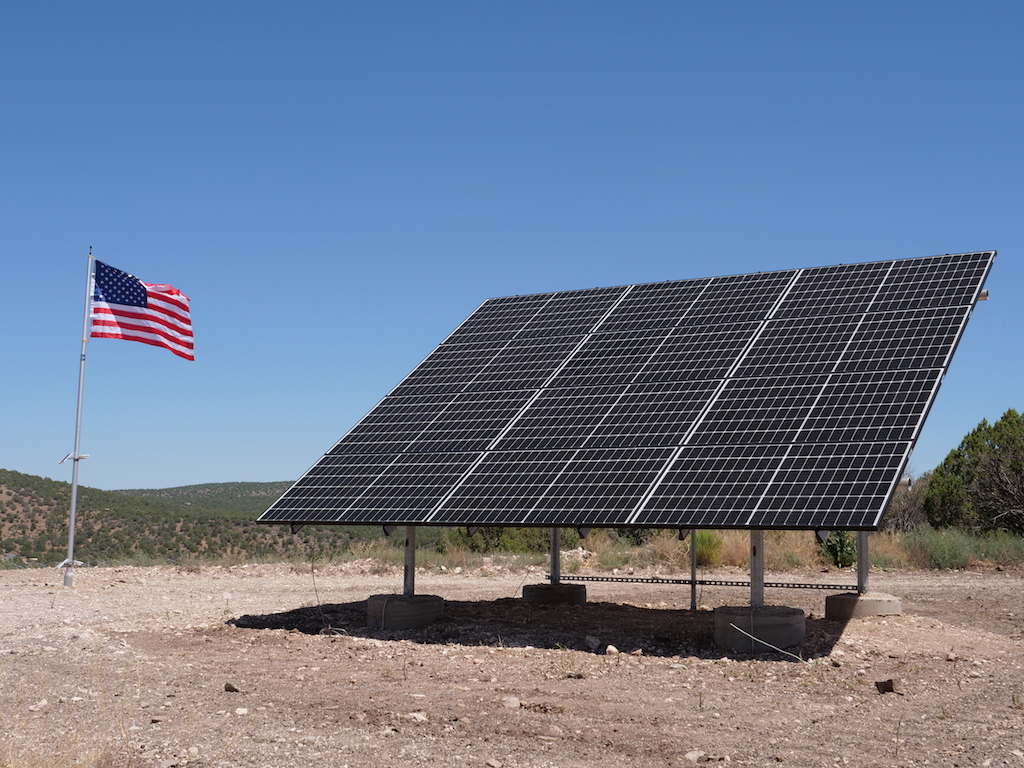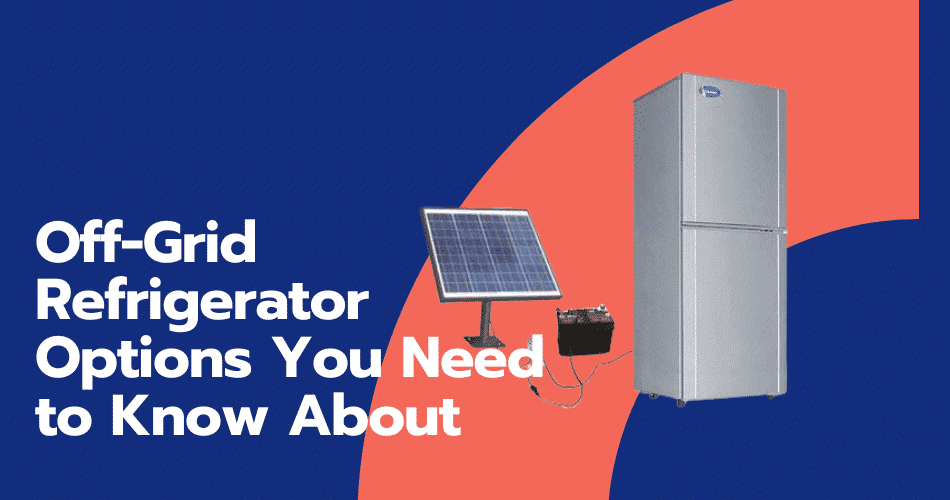Colder Solar Panel Voltage

Open circuit voltage can vary depending on your solar panel but the readings we are usually looking for are in the range of 15 to 23v.
Colder solar panel voltage. The only thing solar panels require is sunlight. 60 cell solar panels and 72 cell solar panels. In fact solar panels seem to perform even better in colder climates. 60 cell solar panels are typically 5 4 feet tall by about 3 25 feet wide and have a power output in standard test conditions of between 270 watts to 300 watts depending on the exact efficiency of the cells in them.
Most home solar panels on the market today have power output ratings ranging from 250 to 400 watts with higher power ratings generally considered preferable to lower power ratings. The positive effects of low temperatures on solar panel power production in colder climates can be countered by clouds and snow that decrease solar panel efficiency. Let s review how cold weather can contribute towards the performance of solar panels. So you need to measure both the voltage and the amperage of the solar panel to determine the power production that you will get from the system and whether or not it will be sufficient for you.
Solar or pv cells work by converting sunlight directly into electricity. Since electric current is measured in amperes you will need to buy a meter known as an amp meter and measure the output. Simply touch the solar panel leads with the multi meter probes matching their corresponding polarity red to red black to black. Today solar panels are found high atop the blustery snow covered rocky mountains generating electricity for cozy cabins.
Temperature coefficient of voltage. Heavy snow buildup may temporarily reduce solar array electricity generation but a well designed system will optimize production and lead to lower electricity bills. You would expect to see this number listed on a pv module s specification sheet and sticker. Measuring voltage and solar panel testing.
And solar panels are a critical energy source in remote polar tundra regions. Photovoltaic units with a lower voltage are more impacted by high temperatures than low voltage units which means that low voltage sun panels tend to perform better when it s cold and sunny out. Some exceptions may apply based on panel type. Step 2 measure amperage.
The effect of snow and clouds. Though it might seem counter intuitive solar panels are actually a great investment in snowy regions because colder temperatures will generally increase productivity. Voltage at open circuit voc this is the voltage that is read with a voltmeter or multimeter when the module is not connected to any load. Solar has no fear in frozen weather on or off the grid.
Solar panels and cold weather states. Solar panel output is expressed in units of watts w and represents the panel s theoretical power production under ideal sunlight and temperature conditions.



